Omelets are seemingly simple breakfast foods that are deceptively difficult to make. If you’re all too accustomed to overcooked, broken omelets, these seven expert tips will help show you how to flip one like a pro. And if you have your own omelet cooking tips, be sure to share them!
- Use the proper tools. For best results, use a skillet that’s 8 or 9 inches in diameter, plus a heatproof spatula and an egg whisk.
- Assemble the ingredients. A standard omelet uses two or three eggs per person, as well as whichever veggies, meats, or cheeses that you prefer. Be sure to chop and prepare your toppings in advance!
- Add a splash of water to your eggs. Before adding the other ingredients, whisk a splash of water into the eggs. This will help ensure a light, fluffy omelet.
- Heat the skillet. Heat your skillet to medium-high heat and coat the bottom with unsalted butter.
- Add the eggs. Add just the eggs to the pan first and let the edges set for about 10 seconds. Pull the now-set edges in toward the center and rotate the pan to disperse the raw egg.
- Add toppings. Gently sprinkle the toppings on the surface of the eggs.
- Fold. Fold only one side of the omelet in toward the center. Once it’s done cooking, fold the other side by tilting the skillet. Flip the whole thing face down onto your plate to complete the perfect omelet.
How to Make the Perfect Omelet [Food Network]
How to Make the 'Perfect' French Omelet [Instructables]
How to Make an Omelet [Organic Valley]
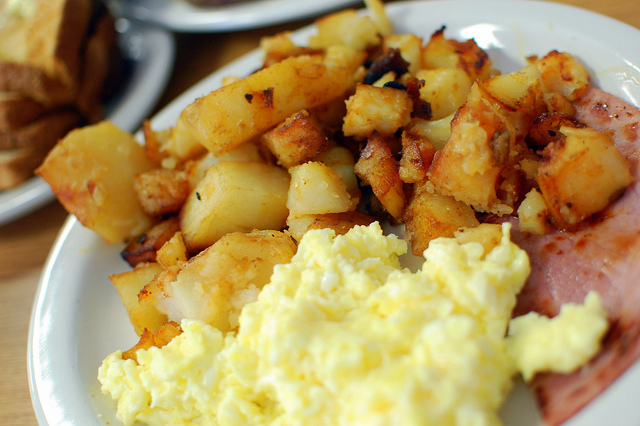
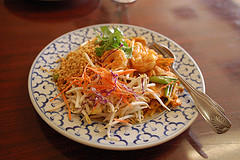
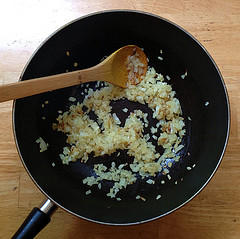

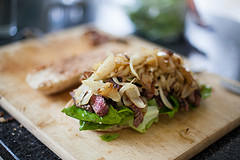
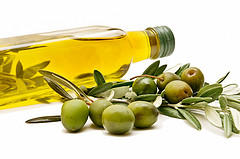


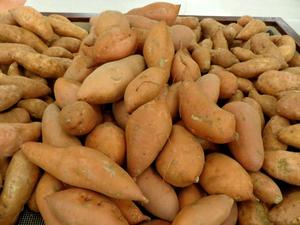



 Equal Housing Opportunity
Equal Housing Opportunity